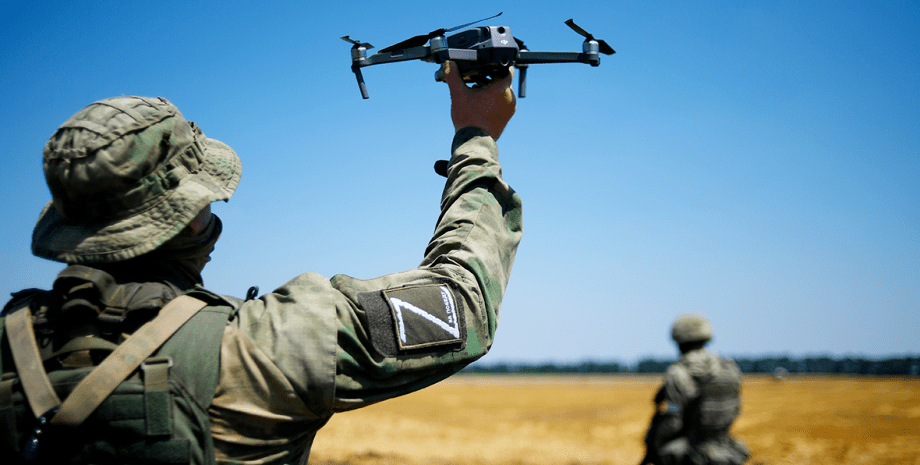
 By Natali Moss
By Natali Moss
Major Kellen Rowley, commander of the 10th Army Command of Anti-Pocal and Anti-Rapent Defense, assured that the Russian Federation is increasingly relying on autonomous software for attacks by drones to interrupt the connection between the Drone of the Armed Forces and their operators. Rulei confirmed that UAV software has become more adaptive, although previously Russians have great difficulty with dynamic guidance.
An official from Epirus, which produces advanced remedies for drones, said that greater autonomy is a tendency that is growing in Russian attacks with drones. "There is evidence that the complete autonomy of UAV and the technology of launching drones will become more common in this new era of asymmetric war. One of the significant achievements in the field of technology, which we carefully monitor, is the use of drones with fiber-optic management and support.
which are unacceptable to the muffle and other remedies. Epirus produces a powerful LEONIDAS microwave, which is designed to overload drones with energy. This is just one example of different decisions that the army is in a hurry to fight unmanned air threats, which are becoming more diverse and increasingly difficult to malfunction.
Russia, China and North Korea deepen their cooperation in several theaters of war, which causes these opponents who were not considered too high -tech, more and more powerful drones. Major General David F. Stuart reported that more advanced UAVs and new tactics allow even non-technological opponents to strike. "We see many changes in opponents' tactics. Their flight profiles are now becoming more and more difficult to detect radar systems," Stuart said.
- "I think that more sophisticated opportunities for identifying drones 1, 2 and 3 would be very useful. " Brigade General Patrick Cospello, who heads 944444442nd's Anti-Rapent Defense Command, said that some new unmanned aerial vehicles of the enemy were copying US, and this trend has strengthened even more than Russia's cooperation with China.
"North Korea has recently introduced a reconnaissance and multi-purpose unmanned aerial vehicle, which uses a reverse designed copy of the Hellfire rocket similar to RQ-4 and MQ-9," said Costello. He also said that the army has recently completed the engineering tests using a northrop Grumman XM1211 High Explosive Proximity, Air Force Air Force, which is intended for explosion near drones, which can perform counter -marchneur.
Kostollo noted that this antibodation projectile is adapted to run MK19 automatic grenade launcher. The US Army in the Indo-Pacific is working on completely new opportunities to replace Iron Dome on the device against drones of Indirect Fire Protection Capability-High-Power Microwave (IFPC-HPM) from Epirus. "We have soldiers who test the system. We will use it over the next few years.
As the formation increases, we will move from the structure of two IRON DOME batteries to a structure of three IFPC batteries," the brigade general commented. According to Rowy, the only and the biggest problem of allies is NATO's work. "NATO has 32 member countries, and our opponents use the smallest gaps in NATO politics. In peacetime, it is difficult for soldiers to recognize when they should or can fight and when not.
" All this indicates the need for greater cooperation between services, the US government and researchers, industry and partners, said Stuart, Head of the Dzerw novelties. "I insist on a nationwide approach. We will have to attract the government and then the industry," he summed up. Earlier, we wrote that in South Korea we created a device that will "deceive" the weapon of the enemy with laser guidance. The military will receive advanced smoke checkers capable of scattering infrared radiation.










All rights reserved IN-Ukraine.info - 2022